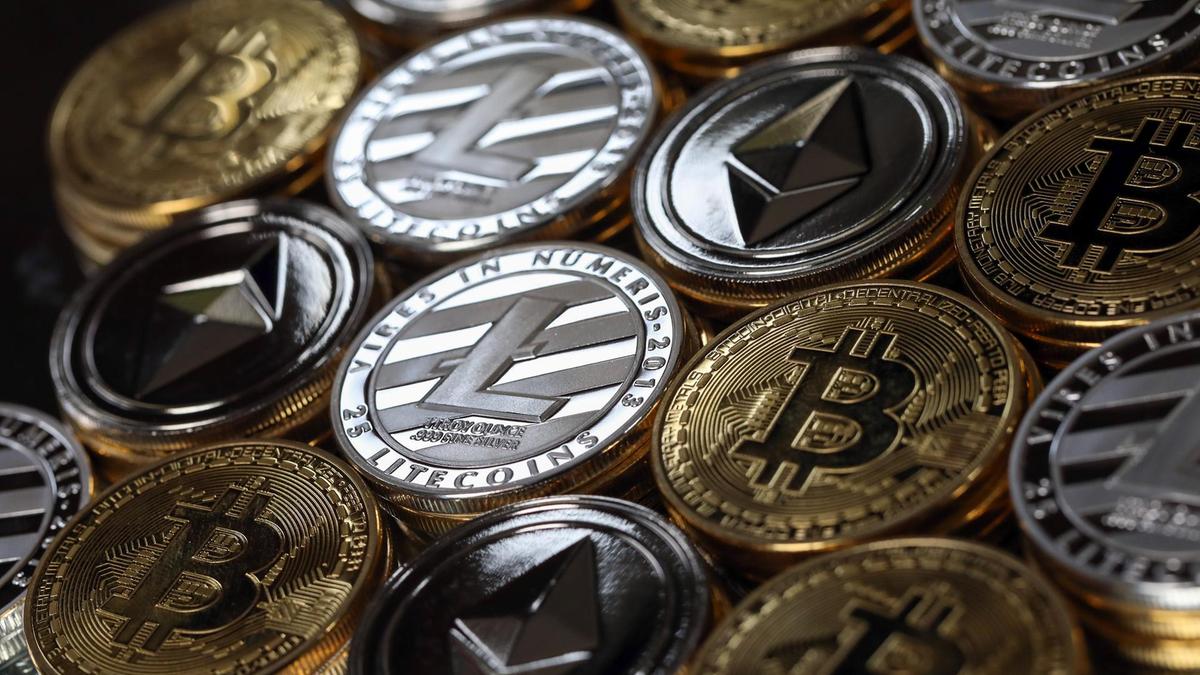PayPal, one of the leading players in the financial technology sector, announced plans to create its own stablecoin called PYUSD in early 2022. This digital token is pegged to the value of the US dollar, ensuring its stability and protecting it from the volatility characteristic of many other cryptocurrencies.
Recently, the company took a significant step forward by announcing that its American users will now be able to use PYUSD for international transfers. This move marks considerable progress in the adoption of stablecoins and their integration into traditional financial systems.
To facilitate these transfers, PayPal will utilize its Xoom service, which will convert PYUSD into US dollars. These funds can then be sent to over 160 countries worldwide, greatly expanding the possibilities for international transactions.
What’s even more remarkable is that PayPal has announced that it will not charge transaction fees for senders using PYUSD. This is a significant advantage for users, as traditional methods of international transfers often involve high fees and charges.
Despite PayPal’s ambitious plans to expand the use of PYUSD, the scale of adoption for this stablecoin currently remains limited compared to some of its more well-known competitors.
At present, players such as Tether (USDT) and USD Coin (USDC) dominate the stablecoin market. USDT, known for its popularity in Asian markets, is one of the most widely used stablecoins worldwide. On the other hand, USDC has a strong presence in North America, where it is preferred by many American and Canadian investors.
Although PYUSD cannot yet compare in volume and prevalence to these established stablecoins, PayPal’s initiative represents an important step towards the mainstream for digital currencies. With its extensive user base and solid reputation in the financial industry, PayPal is uniquely positioned to foster wider adoption of stablecoins.
In the coming months and years, it will be interesting to observe the development of PYUSD and its impact on the international payments landscape. Given its low fees, stability, and ease of use, this stablecoin has the potential to capture a significant market share and drive innovation in cross-border transactions.

The SEC will cancel inspections of crypto companies in 2026.

New FSA rules for cryptocurrencies in Japan

Finland implements new cryptocurrency reporting standard



